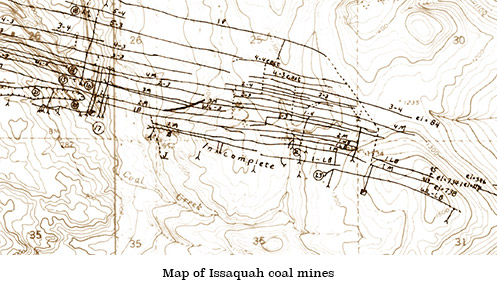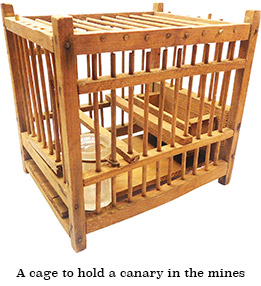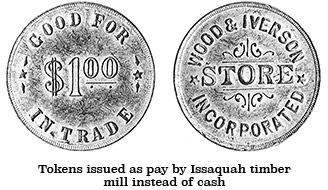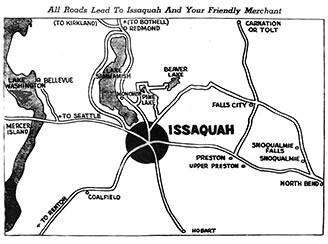Issaquah
2018
In 2018 I was in my second year of work with the City of Issaquah, nestled east of Seattle and just west of the mountain pass to the eastern side of the state. Some years ago I began discussion with staff of the city’s art commission, looking at ways to incorporate art and interpretation into the fabric of the place. A small town surrounded by verdant valley and hills, Issaquah is unique among the communities across Lake Washington from Seattle in that it has never been a suburb. Historically it produced timber, fish, fowl and coal for consumption in the big city. Today Issaquah no longer exports physical goods, but is home to large corporate entities including Costco, which market far afield.
Having long researched commodity production I am fascinated by the way Issaquah has maintained its vitality long after it ceased operation of timber mills and coal mines, and how it continues to disseminate market goods from its small town nexus. The difference between then and now is that very little of the stuff that it causes to be in global commerce is either manufactured or warehoused in Issaquah. A successful place and thriving, Issaquah continues to grow and is home to many newcomers and foreign born. Most of these people arrive there with no sense of Issaquah’s history.
My work with the city began with a year of research, wherein I examined its history in depth. I produced a report suggesting themes that have characterized the city throughout its history, and the kinds of artworks that might serve to elucidate them in public space. The obvious place for siting these artworks would be within the city’s many lovely and spacious parks. As Issaquah grows it has begun to consider how it’s ample but separate public parks can be linked, and how such an articulated park system could serve the public in the future.
I believe a collection of carefully curated public art could weave a complex, accessible and compelling story of the city itself, played out in and about its unique setting. This is something that has not been done in the region, and would seem worthy of the uniqueness of the place. As a step in that direction, my work in 2018 has considered how particular parks could feature art and interpretation for place-making.



